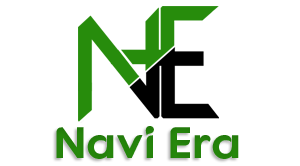Building AI Securely and Responsibly Quiz Questions Answers
Q1. What is a potential consequence of using inaccurate or incomplete data in AI training?
Option 1: It results in an inefficient user interface.
Option 2: It introduces biased outcomes and unfair results.
Option 3: It results in data storage inefficiency.
Option 4: It eliminates the need for fine-tuning and further model training.
Q2. You're developing an AI-powered loan application assessment system. Which steps would you take to ensure your system is developed responsibly? Select two.
Option 1: Train the model on a dataset that includes a diverse range of applicants, ensuring representation across different demographics and socioeconomic backgrounds.
Option 2: Regularly audit the model's performance to identify and mitigate any biases that may emerge over time.
Option 3: Deploy the model without any human oversight, trusting its ability to make fair and unbiased decisions.
Option 4: Use a complex "black box" model that makes highly accurate predictions, even if its decision-making process is difficult to understand.
Option 5: Prioritize speed and efficiency over fairness and transparency, as these factors are more important for business success.
Q3. What is the primary goal of ethical AI development?
Option 1: To comply with all legal and regulatory requirements.
Option 2: To promote transparency and accountability in AI systems.
Option 3: To maximize AI capabilities regardless of societal impact.
Option 4: To ensure AI systems are used responsibly and do not cause harm.
Q4. What is the primary goal of the Secure AI Framework (SAIF)?
Option 1: To establish security standards for building and deploying AI responsibly, addressing the unique challenges and threats in the AI landscape.
Option 2: To restrict AI development and deployment due to concerns about potential security risks.
Option 3: To promote innovation and accelerate AI development without considering security risks.
Option 4: To focus solely on preventing external attacks on AI systems.
Q5. Which of the following is a key aspect of securing the "model training" phase?
Option 1: Optimizing the model for faster processing.
Option 2: Ensuring the model's output is visually appealing.
Option 3: Safeguarding training data and model parameters from unauthorized access.
Option 4: Minimizing the amount of training data used.








No comments:
Post a Comment
What do you think about this article? just write your feedback in the comment box. Thanks :)